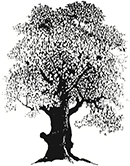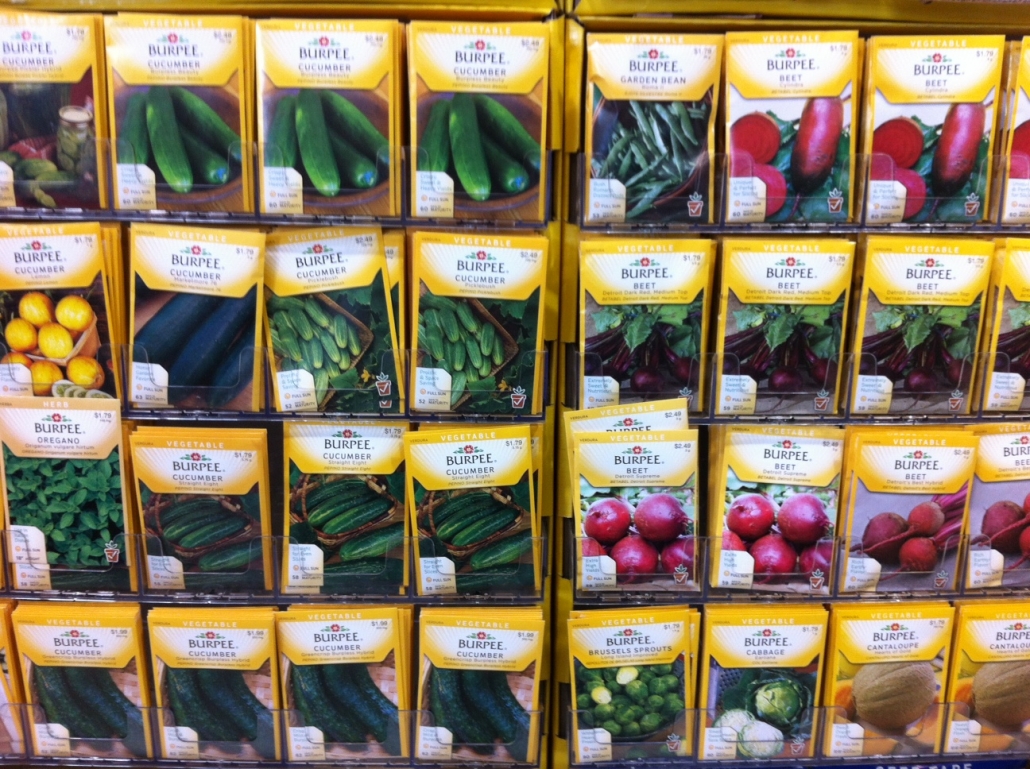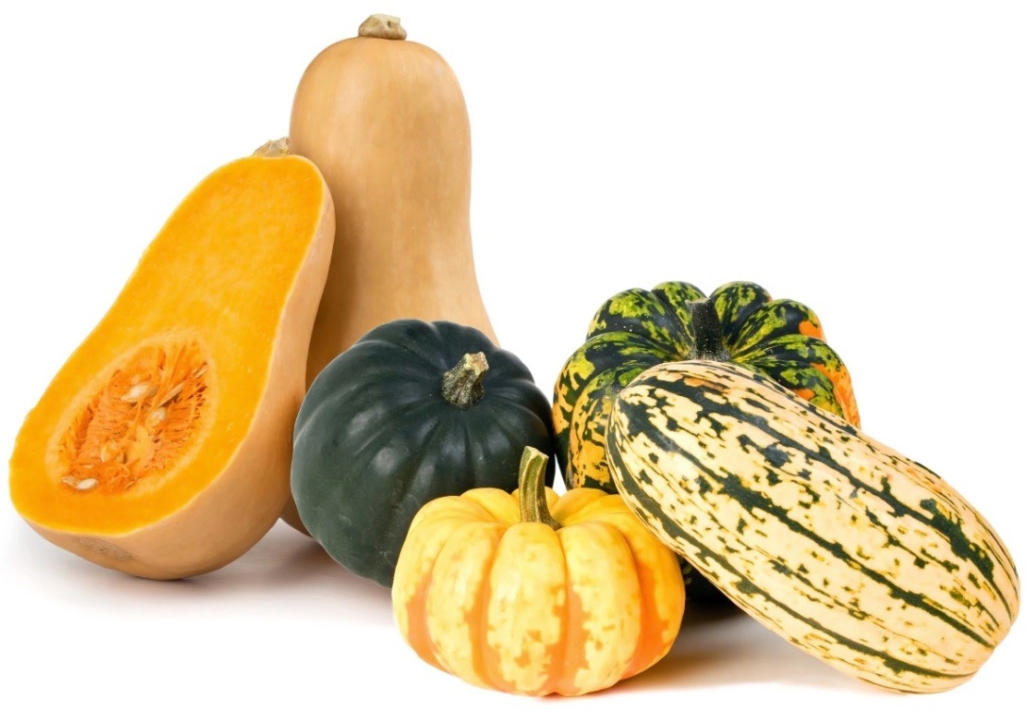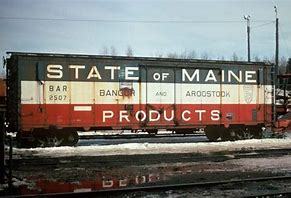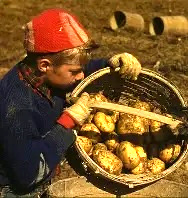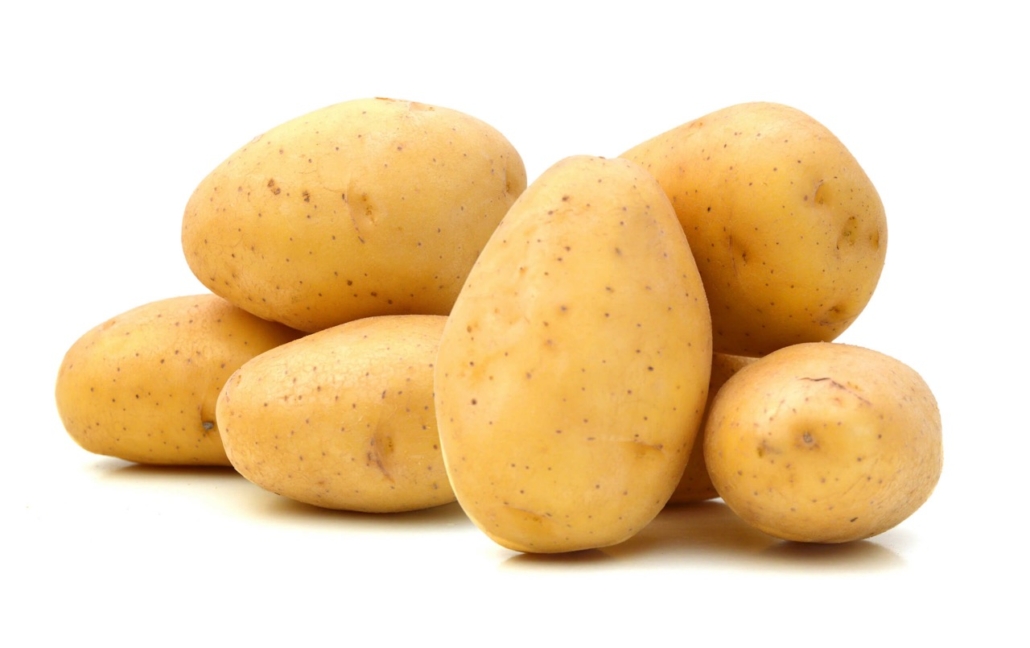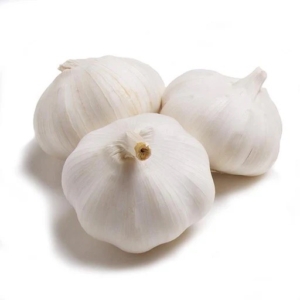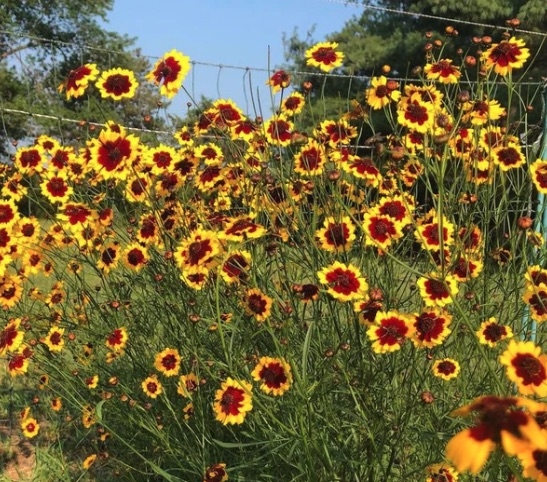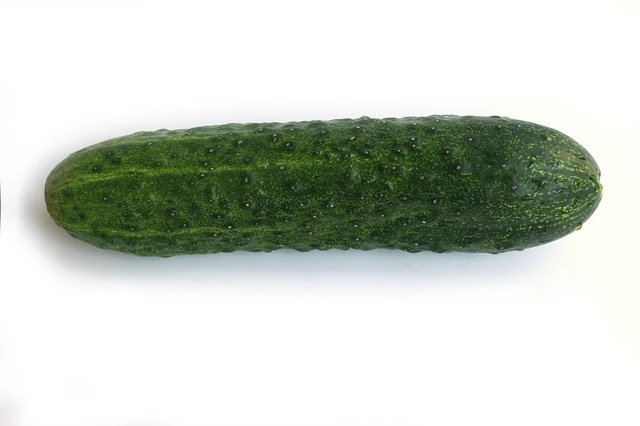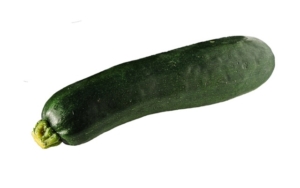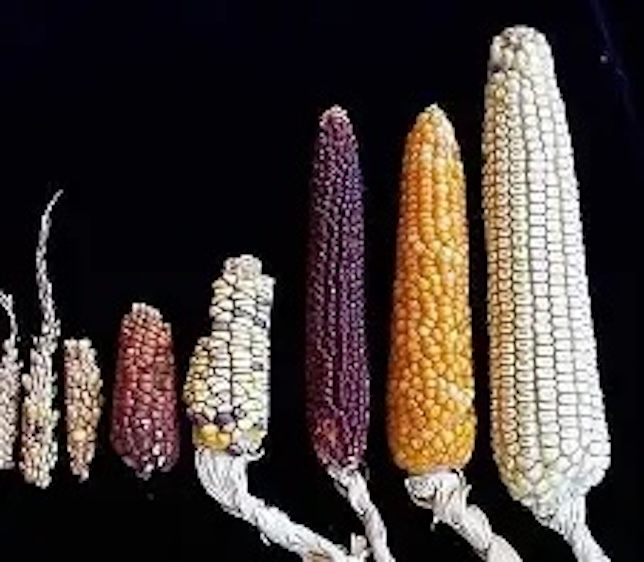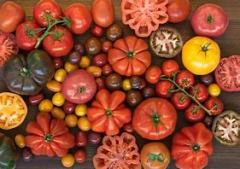MAINE-LY GARDENING: What’s in the garden? Compost
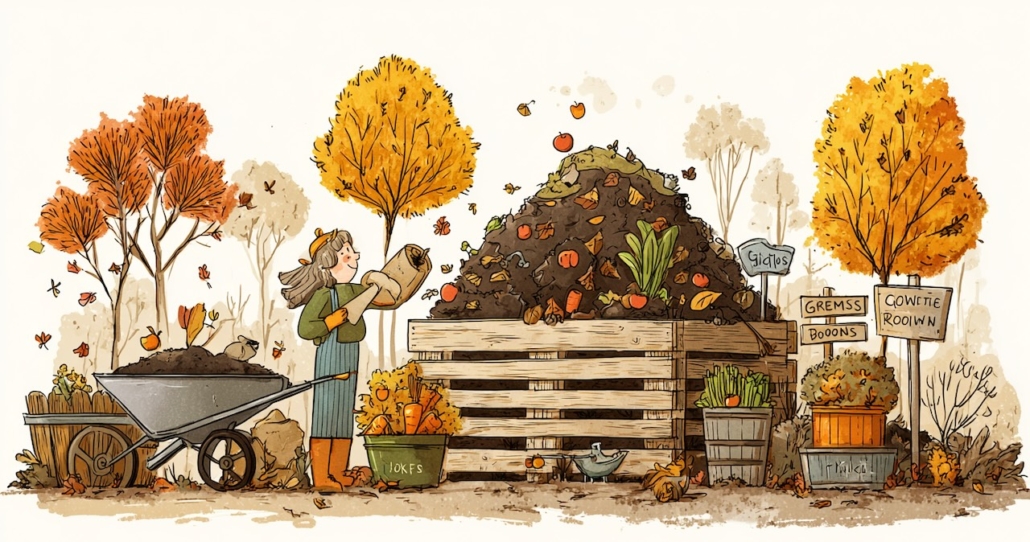
 by Jude Hsiang
by Jude Hsiang
Many of us are coming to the end of the active gardening season. While some have a greenhouse, it may be small and not heated. Perhaps you’ve already had a light frost – or a heavier one – and are beginning to clean up the plants that have been affected. For others, it won’t be long until it’s time to “put the garden to bed.”
If you have not been composting, this is the time to think about it. If you don’t have the small amount of space required in your yard, check with your town waste disposal system. More towns are including composting in their waste management system. The resulting compost is used by local residents, businesses, and the local public works department to reduce the money, time, and labor we all once paid used to haul away this valuable commodity.
Compost repairs and enriches our soil by replacing the nutrients used by our lawns and gardens. When we make our own compost, we don’t have to buy as much soil or mulch and can be sure that we are not throwing away – and everything’s got to go somewhere – something we can make good use of.
At its simplest, you can find a spot to pile leaves, kitchen waste (no bones or fats that can attract varmints in a home compost system) and turn it over from time to time. Shredded paper is fine, too, as it was once plant material. Just avoid plastics and other things that won’t decompose or might contain hazardous materials. Eventually it will all decompose, resulting in a nice brown humus mixture that can be used in any garden or planting containers. Spread it around trees and shrubs (no more than a couple of inches and piled against the trunk. They’ll appreciate the nutrients that will continue to feed the soil. With just a little labor and spending no money, you can improve the soil and reduce the amount of fertilizers, soil amendments, and mulches needed.
If you want a more organized system, you can still compost at home without turning it into a big project. A bin to contain the compost can be made with something you might have around the garage, storage shed, or barn. Chicken wire or other leftover fencing materials work well. For a larger set up, six used pallets will make a three-bin composting system for forking the compost from one to the next as the material decomposes. There are lots of good ideas available at the University of Maine Cooperative Extension and other reliable gardening sources. You may not have to spend a cent.
Some people prefer to buy a home composter but should be aware that in addition to the cost, these bins don’t hold a lot and will require frequent turning of the handle to mix and aerate the material in order to speed up the process in the way they are advertised. The old saying “let it rot” will do just fine, just takes longer. Some people worry about smells, which are only an issue if the compost contains animal products or if it gets very wet for a time – just turning it to allow more oxygen to get into the center will take care of that possibility.
Here in our cooler part of the world it can take up to two years to achieve a nice rich compost by doing almost nothing. The process can be sped up by taking a more step-by-step route and mixing the types of materials as university experts have learned, having a good ratio of greener, wetter things like grass clippings, garden, and kitchen extras to the amount of browner, drier ingredients like fall leaves and shredded paper. The entire process can be as casual or scientific as you like. It’s the result that matters – good healthy soil for the future.
© Judith Chute Hsiang
Jude Hsiang is a retired Extension Master Gardener instructor and member of the China Community Garden.
